Lessons I Have Learned… and More to Come
Our symposium this week was a little different than usual. Our newest intern began her first day today so we spent time giving her tips and ideas on getting through her time here. This was a great opportunity for me to reflect on the past two months I have been here and I realized how far I have already come and how much I have learned in such a short time. I remember feeling quite overwhelmed with the amount of new information to learn in the beginning, including all the NMT techniques, getting to know clients, the paperwork, and more. Within the last couple of weeks, I have realized how I finally feel more settled in and comfortable with everything that once overwhelmed me. Of course, there are many more things to still learn, but it was really refreshing in symposium to realize how far I have come.
I am really enjoying getting to know my clients better and I feel more comfortable leading interventions each week. I am even feeling more confident in understanding the various NMT techniques (although I think that will always be a work in progress to keep learning). It is exciting to have a new intern and I am looking forward to passing on what I have learned so far, as well as learning new things together. Internship requires a lot of time and energy, but it has been worth it to see the progress and excitement in our clients. The power of music is evident in our clients, and it is such a joy to share in the musical experiences with them and see how effective it is.
-Tara



